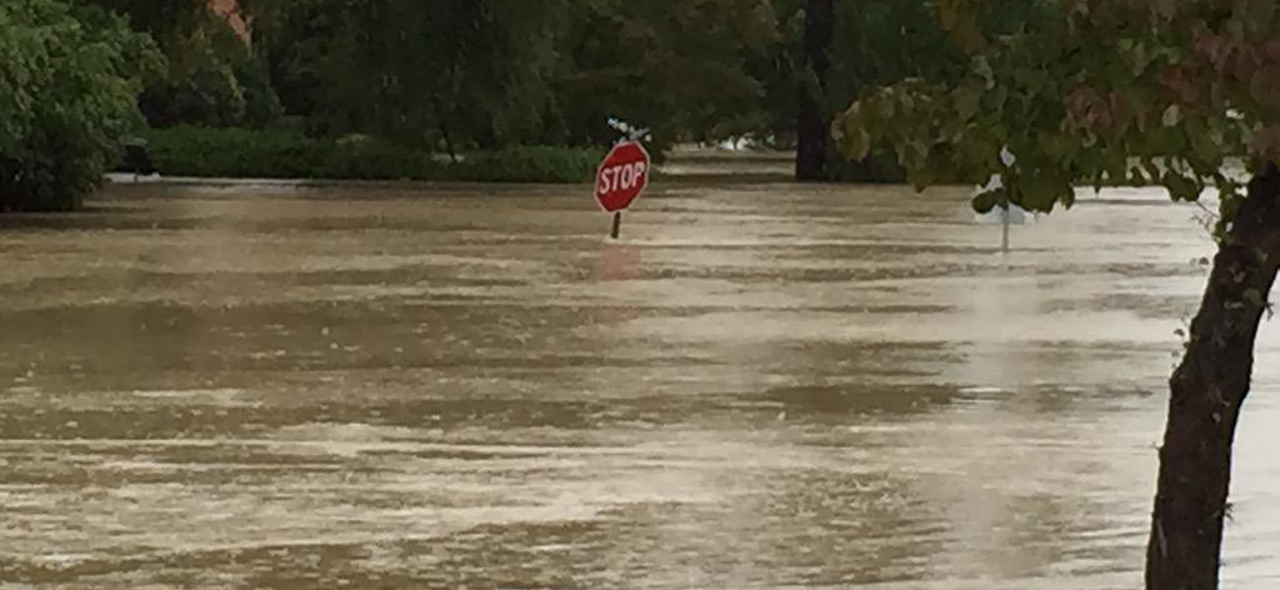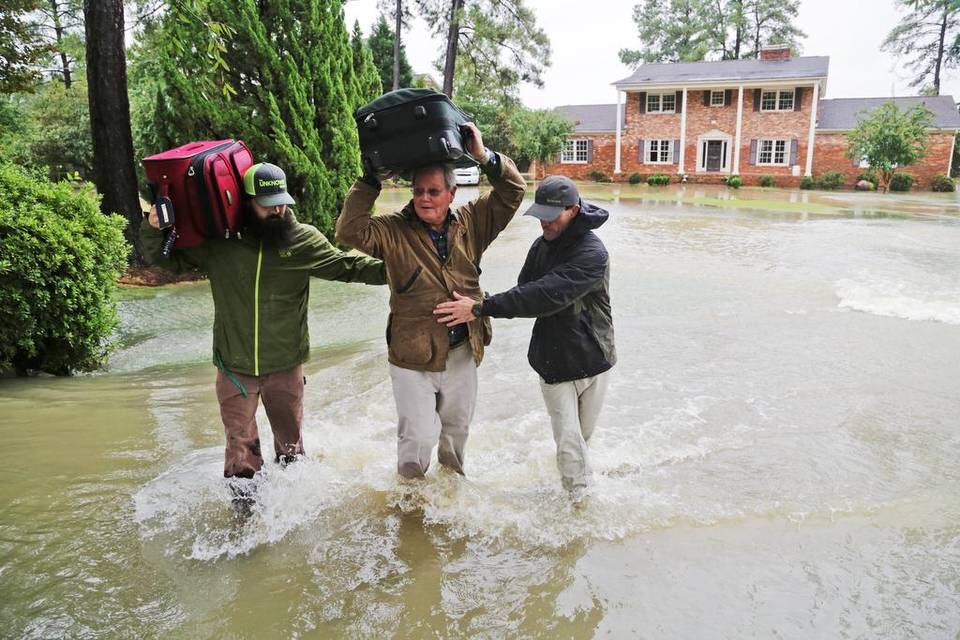
Supporting resilience and recovery in Columbia, S.C.
Photos courtesy Central Carolina Community Foundation.
With every tragedy, there’s the opportunity to start new. That’s how Columbia, S.C., Mayor Steve Benjamin summed up what his city faces following historic flooding caused by Hurricane Joaquin. During my recent visit, he told me how proud he was of his community, neighbors saving neighbors during the disaster. The community truly came together during the crisis. The mayor was more humble about his leadership during this time. He played a critical role in emphasizing constant communications and rapid decision-making over the past month. He understood the importance of information during a disaster – updating the community consistently through social media, television and newspapers. On top of all of that, his team secured federal disaster assistance funds for Columbia at a historically fast rate.

But the road to recovery will be long for Columbia, one of the 26 communities where Knight invests. The disastrous floods took 21 lives in the area with over a billion dollars of damage for the city of Columbia. Under the leadership of President Alberto Ibargüen, Knight Foundation moved quickly to help. The foundation gave $250,000 to two organizations working with he recovery: the Salvation Army and Harvest of Hope. You may ask why when such a response doesn’t appear to align perfectly with Knight’s strategy of supporting informed and engaged communities. But Knight has a long history of helping its communities when disasters strike. While it is different from our normal grantmaking, it has everything to do with our work. A place must have its basic needs met – food, drinkable water, clothing, shelter – before it can consider the impact of talent, opportunity and engagement, three factors critical to city success.
When basic needs aren’t met, our community strategies stall. That’s why Knight has contributed more than $30 million to disaster relief over the past 25 years. We provided major support when Hurricane Andrew struck South Florida, when the Red River flooded Grand Forks, N.D., and when Hurricane Katrina struck the Gulf Coast.
In these cases, we have provided support to help in the immediate aftermath of the disasters while also funding the long road to recovery. In Columbia, these funds will go towards immediate relief. However, we will watch closely to see if there are opportunities to make strategic grants that can build upon the recovery efforts. For example, as millions of dollars come in to fix and repair infrastructure, there is an opportunity to not just fix but improve design, making the city of Columbia a more connected, livable community. And at the mayor’s request, we are moving forward with work by Gehl Studios to create better public spaces downtown. This will be an opportunity – focused on recovery – to engage the public and decision-makers to build communities for people first.
There’s a tremendous amount of momentum in the city of Columbia right now. And while a disaster had just struck the community, the downtown appeared to be back to normal when I visited. Students were walking around the University of South Carolina’s campus, state employees buzzed around the capital, and entrepreneurs were back dreaming big in their co-working spaces.
Resiliency. The Columbia community has it; there’s no doubt. I look forward to partnering with the community in building an even better city.
Lilly Weinberg is the program director for community foundations at Knight Foundation. Email her at [email protected] and follow her on Twitter @lillyweinberg.
Recent Content
-
Community Impactarticle ·
-
Community Impactarticle ·
-
Community Impactarticle ·


